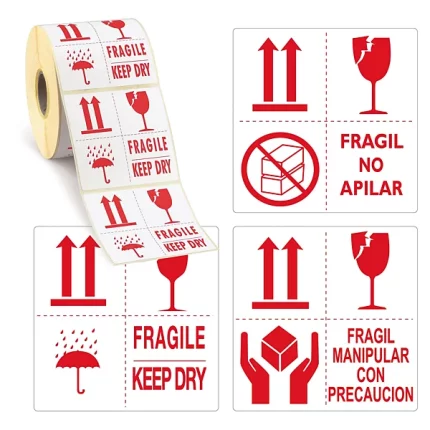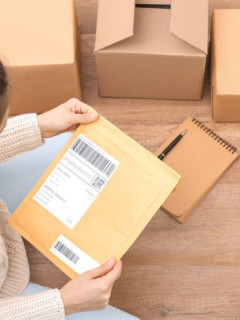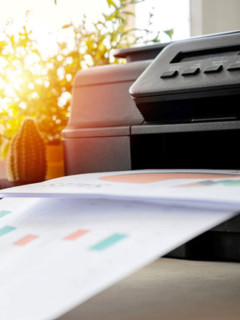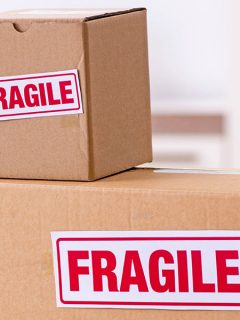Packaging is more than just a shell-they are the backbone of your logistics and marketing strategy. Tertiary packaging plays a key role here. Not only do they protect your products during transport and storage, but they also have a direct impact on customer satisfaction, cost control and sustainability. In this article, you will discover all about tertiary packaging and how to get the most out of it.
What are the 3 types of packaging?
European Union Directive 94/62/EC on packaging and packaging waste establishes and defines the 3 categories of packaging, dividing them into primary, secondary and tertiary packaging.
► Primary packaging
This is called the packaging that comes into contact with the product and protects it directly. Primary packaging is also called sales packaging because it is the smallest unit of packaging that can be individually delivered to consumers. Therefore, this packaging should look as attractive as possible.
What role does primary packaging fulfil?
- Insulates and stabilises your product (e.g. vacuum-packed coffee).
- Directly protects against moisture, light and bacteria.
- Reinforces brand identity and marketing.
- Displays important product information.
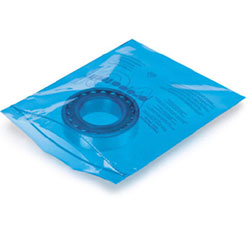
► Secondary packaging
Whereas primary packaging is more commercially focused, the focus of secondary packaging is more on transport and storage. Secondary packaging groups together primary packaging, making it known as ‘collective packaging‘. On the one hand, secondary packaging enhances the product inside. On the other hand, it helps offer multiple copies of a product at the same time in shops.
An even more concrete picture? Think, for example, of beverage packaging. If the bottle is primary packaging, then the film or carton that groups several bottles into one package is secondary packaging.
What role does secondary packaging fulfil?
- Groups primary packaging.
- Protects against mechanical damage such as knocks and falls.
- Enhances presentation on shop shelves.
- Provides additional information such as barcodes.
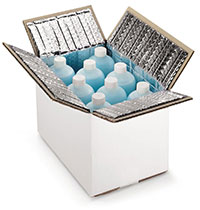
► Tertiary packaging
Consider this last category as the outer layer of an entire package. Tertiary packaging groups secondary packaging and offers the most protection during handling, storage and transport. This is precisely why they are known as transport packaging. Imagine a large box containing smaller packages with large quantities of products. They are kept together until they are sold or transported.
This type of packaging therefore consists of stronger materials, such as different types of corrugated board in different thicknesses or, for example, wooden containers. Tertiary packaging also includes products such as pallets, corner protectors, plastic film and any other elements that ensure that the structure of a load remains uniform during transport or storage.
What role does tertiary packaging fulfil?
- Groups and stores secondary packaging.
- Optimises available space in loading areas (e.g. palletising).
- Protects against harsher conditions such as moisture and temperature.
- Facilitates loading and unloading.
- Ensures safer transport.
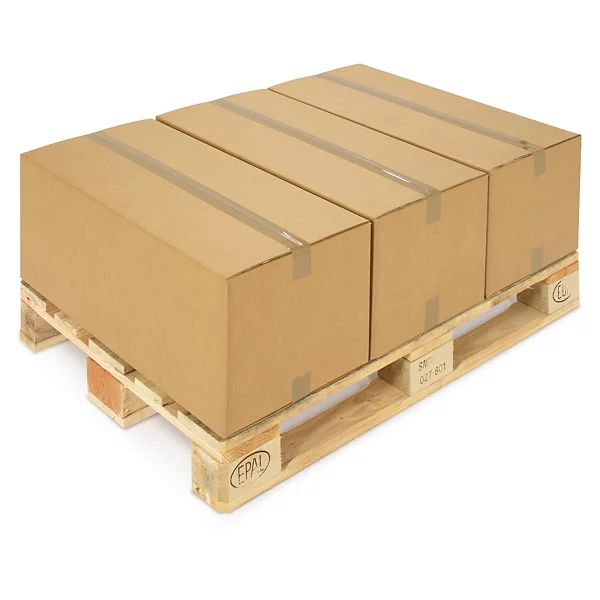
7 tips to optimise tertiary packaging
Tertiary packaging is the final step to complete packaging and is therefore indispensable in any logistics chain. They ensure that large shipments reach their destination safely, efficiently and in perfect condition. Yet there is often still much to be gained from a smart approach to this transport packaging. Saving costs, a smaller ecological footprint and greater customer satisfaction? Get the most out of your tertiary packaging with these 7 practical tips!
► Tip 1: Choose tailor-made tertiary packaging
It may sound logical, but the importance of compact packaging is often underestimated. Solid tertiary packaging that perfectly matches the dimensions and weight of your products not only prevents damage during transport, but also ensures more efficient stacking and storage. Avoid empty spaces in your boxes or on your pallets – these are not only a waste of material, but also increase the risk of shifting or denting. Therefore, invest in packaging designed specifically for your products. That way, you can be sure that everything will reach the customer safely and in perfect condition.
► Tip 2: Less is more
More packaging does not always make for better packaging. In fact, too many or too heavy materials can significantly increase your shipping costs and are often unnecessary. Therefore, choose light but sturdy materials and think cleverly about the layout. By reducing the volume weight, you not only save on transport costs, but also contribute to a more sustainable logistics chain. For instance, use innovative packaging solutions such as honeycomb cardboard or recycled air cushions. Less is often really more!

► Tip 3: Sustainability labels
More and more companies are placing sustainability at the heart of their policies. By choosing packaging materials with sustainability labels such as recycled cardboard, biodegradable foils or reusable pallets, you not only reduce your ecological footprint, but also show your customers that you are a socially responsible business. Moreover, you make conscious choices that benefit your brand image.
► Tip 4: Personalise your tertiary packaging
Tertiary packaging doesn’t have to be boring! A box with distinctive branding, a recognisable logo or even a nice message on the packaging can make a big difference. Customers and recipients will immediately recognise your shipment and it reinforces your brand identity. Think colour use, stickers, tape with logo or even QR codes leading to a thank-you page or instruction video. In this way, you suddenly turn a functional packaging tool into a powerful marketing instrument.
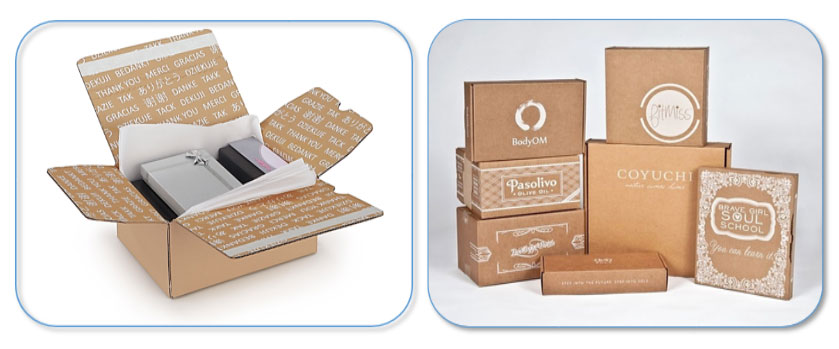
► Tip 5: Automate and optimise
Manual packaging is time-consuming and error-prone, especially with large volumes. By automating the packaging process – for instance with a (semi-)automatic pallet wrapper or an advanced labelling system – you not only save time but also reduce the risk of errors. Standardisation ensures consistent quality and makes it easier to handle peak moments. Moreover, you can deploy employees for other logistics activities.
► Tip 6: Facilitate opening
Nothing more frustrating than a pack that won’t open! Make sure your tertiary packaging is easy to open and dismantle, both for your own employees and for the recipient. For example, use tear strips, resealable closures or clear instructions. This not only speeds up unpacking, but also prevents damage to the product. User-friendly packaging is always appreciated.
► Tip 7: Smart labelling
Good packaging stands or falls with the right information. Make sure every shipment has clear labels with barcodes, QR codes and all relevant information about the contents and destination. Add warnings such as ‘fragile’ or ‘top’ where necessary. This prevents confusion, increases the chances of correct delivery and makes it easier to track shipments. Smart labelling is a small effort, but has a big effect on efficiency and customer satisfaction.
